Digital cameras have been around for a while by now. In fact, we have access to pixels so long ago that recently it became fashionable to dress digital cameras into retro looking shells so they resemble the look and feel of old film cameras. Up until now, the more modern looking/more functional design was generally desired, but we reached the point when people started to look back to the golden age of the film era with strong nostalgia and today the retro look become interesting.
Naturally, camera manufacturers were ready to satisfy this need and the market is literally flooded with retro-styled cameras like the Nikon Df, which promises nothing less but the experience of pure photography. While the term “pure photography” can be very much overloaded and interpreted in many ways, what they probably mean is that this camera handles and feels similarly than the now classic Nikon film cameras. Simplicity, mechanical-like external controls, full frame sensor, compatibility with vintage lenses, limited feature set (e.g. no video) to keep the focus on the essence of photography and of course that retro look are supposed to deliver this promise.
But when we start to wrap modern digital cameras into so-called “classic” look and market them with the message that this is the closest you can get to film photography experience the question arises can we already talk about classic digital cameras as well. If so how do they relate to the cutting edge technology inside modern retro shaped cameras? But most importantly, how can the true digital classics stand against the newly invented marketing ideas such as “pure photography”?
Importance of the 5D
Canon EOS 5D with Carl Zeiss Jena Sonar 180mm f/2.8 (Pentacon Six mount)
This camera was introduced in 2005 which means it is pretty old with modern standards. But also, it was the very first somewhat affordable full frame digital SLR. Technologically there was nothing revolutionary about the 5D at all. We have seen full frame DSLR cameras before, and many other parts of it were reused from other cameras like the focusing system which was borrowed from the 20D. But it was very small for a full frame camera and it was cheap enough to be accessible by normal mortals for the first time. Also, it took damn good images on very respectable noise levels at the time. In this respect, it is hard to deny that this camera was indeed important and maybe it was the camera which started the era of consumer full frame SLRs and even it paved the way for full frame mirror-less cameras alike.
5D pure photography
I am not sure that we can already talk about classic digital cameras. Also, I think it should not be up to me to define what can be marked as classic and what cannot. But let’s be speculative for the time of this post and agree for a moment with those who already call the original Canon EOS 5D as 5D classic and consider it as a true classic digital camera. Let’s just see if the true digital classic can in many ways match up against something which supposed to make us remember what was it like to shoot with a film classic. I borrowed the elements of the Nikon Df pure photography campaign to use them as a basis for my absolutely crazy comparison.
Sensor size/pixel pitch
Both the Canon 5D and the Nikon Df features standard 35mm film size sensors. This means that field of view of any lens is the same as on 35mm film camera. There is no crop factor to consider.
The Nikon Df has 16.2Mp while the Canon 5D only has 12.7 effective megapixels. The Nikon using a more modern sensor which adds micro-lenses to each individual photodiode and thus utilizing the surface of the sensor more effectively. The Canon, on the other hand, leaves gaps between the photodiodes but due to the smaller megapixel count the atomic pixel size is still higher ( 8.2µ vs 7.30µ). In theory, it would mean better low light performance to the Canon as bigger pixels could capture more light, but the processing pipeline of the Nikon is light years ahead, so the ancient Canon is no competition in low light.
But if we think about this with “pure photography” in mind. If you shoot in good light as our film photographer ancestors would certainly preferred to do so and you keep your ISO low as most film emulsions were/are available in a range of ISO 50-1600, than there are probably not much of a difference between the two cameras. The difference megapixel count is negligible for every day use and noise levels should be pretty close at low ISOs.
Simplicity
One of the big selling points of the Nikon Df is that it lacks video even though the big brother Nikon D4 (using the same sensor and processor) has it. It indeed helps to focus on photography as you have no chance to accidentally switch to video and there are no useless menu items to confuse the photographer.
The good news is that the Canon 5D had no video points the first place, not even live view. Back then it was actually not sure that mirror reflex cameras suppose to do video ever.
The 5D is very minimalistic in terms of features. It only has the basics, and therefore the menus are very simple. There is literally nothing which could distract you from framing. In fact, it is a bit too minimalistic. One of the features I really miss is the possibility to set Auto ISO. Well, you could not change your film speed either.
Body Shape
Both cameras are quite beefy in my opinion. The Nikon Df supposed to look a bit like a classic Nikon like the FM. In reality, it is still quite thick as a brick and looks like a classic camera only from a good distance. I still think it would have been possible to make the Df like an FM in terms of dimensions. We know it is possible, there are successful attempts to hack the guts of a mirror-less camera into classic film bodies. The 5D is without a doubt, not a beauty, it has a general Canon DSLR look.
External controls
In the “golden days”, we had many dials to control camera settings like aperture, shutter speed, and focus. Nowadays we have many more things to control and we have an electronic coupling for everything.
Understandably it can be very rewarding to use similar controls to the ones we used on mechanical cameras. Somehow it has sense, as everybody understood the mechanical connection between the aperture ring and the aperture blades. I think it has a sense even today to expose these controls in an old fashion way. But only in the case of a camera which is built for the enthusiast photographer whose goal is to enjoy photography rather than being the most effective picture maker machine. The Nikon Df does a good job in this respect, even though I heard that not all controls are nice to use or logical, but I could not try it myself until now. What I can tell for sure is that the 5D exposes the main settings in a modern, but very effective way. I usually switch the camera on once a day and leave it that way. I use aperture priority mode with mainly manual lenses with aperture rings and I mainly adjusting ISO and exposure compensation only. Most of the time I don’t touch any menus at all.
Legacy lens support
The Nikon Df is made to be usable with vintage Nikon glass which is great as many old Nikkors are gorgeous. But the Canon EOS system has a shorter distance between the lens mount and the sensor. This way many other branded lenses can be used on a Canon EOS body with an adapter including Nikon lenses. To be fair you can have an adapter like M42 for Nikon as well, but you either lose the possibility to focus to the infinity or you need to pick an adapter which has additional lens element in it. The later means higher cost and possible degradation in image quality.
All in all, you can put way more kind of lenses to the 5D than you could attach to the Df. But be careful because some old lenses may mount but extract to deep into the camera body when focusing. This could damage the mirror. Always do some research on which lenses can be safely mounted.
The Carl Zeiss Jena Pancolar 80mm f/1.8 M42 thread mount lens, for instance, can be mounted safely to a cropped frame Canon body. But because the mirror in the 5D is bigger due to the bigger sensor, this lens should not be focused on the infinity because the rear lens element can touch the returning mirror. It can be fixed by sacrificing the possibility of focusing to the far distance. I use this lens mainly for close portraits and for this use it is not a problem.
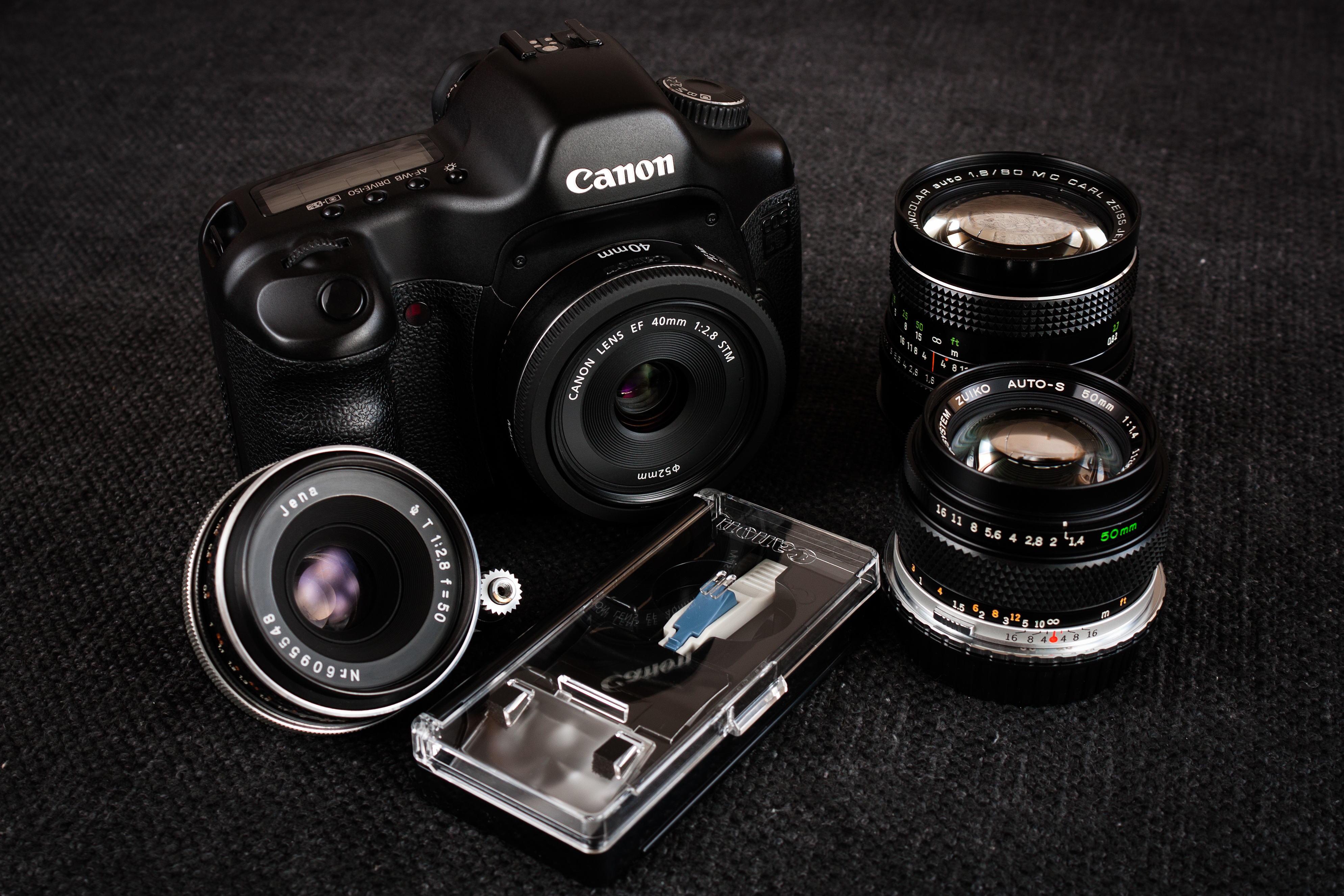
Viewfinder experience
The Nikon Df viewfinder has 100% coverage while the 5D has only 96%.
But it is not possible to change the focusing screen on the Nikon which flaws the of legacy lens support. Today focusing screens are made for autofocus lenses. They are very bright but extremely hard to use for manual focus because the depth of field is not really visible and there is no optical focusing aid built in. On the other hand, I think that using the back screen in live view is not an option if you are pursuing the classic photographic experience.
I would rather use a slightly smaller finder with a proper focusing screen.
Slow down
I think it is generally a good idea to slow down and take the time to compose frames instead of bursting in rapid fire mode. Trust in the law of big numbers in order to achieve the desired photo certainly works, but I would not call it a classic approach. Let’s see what these cameras can do in order to force the photographer to slow down.
On the Nikon side, dial-based controls, manual lenses and a wrong type of focusing screen is certainly slow one down. On the Canon side we have no auto ISO and when using autofocus lenses a truly mediocre (painfully slow) autofocus system makes it impossible to act like a machine gun. Also, the burst rate of the 5D is only 3 frames per second.
Finally, the 5D has an awful back screen. It is small, dim, inaccurate in color (greenish cast) and generally useless. But of course, it is a huge plus side in this comparison as the small worthless screen means that you will only face the result of your photography when you download your images. It really reminds me of the feeling of waiting for the images to return from the lab. You never knew what had you done until you get back the developed film, and in this case, until you get to a computer with a proper screen. The good news is that the results look so much better on a proper display that I always positively surprised when I get my images downloaded from the camera.
Conclusion
What makes a classic camera and especially the question of can we at all speak about digital classics is still an open debate.
On the other hand, it is quite easy for me to say that the 5D Mark I or 5 classic if you like, can still fulfill many photographers needs. It certainly is able to deliver most of the recent marketing promise of “pure photography” (apart from the classic outfit). In fact with the interchangeable focusing screens, a bigger variety of adaptable lenses and even slower operation it fits better this promise than the camera which for this marketing campaign was created.
I think both the Canon 5D and the Nikon Df could be just the right camera for you. The Df is certainly stylish and has a lot more power under the hood. If the best possible low light performance to date is important than no question that the Df is the clear winner.
But consider that 5D is now a really affordable (500-1000€) full frame camera with the capability to be used as a “pure photography” tool if you don’t mind the not so “classic” look. It is better suited for manual focus lenses, and it still takes stunning images. Last but not least the original 5D could be already a classic on its own right.



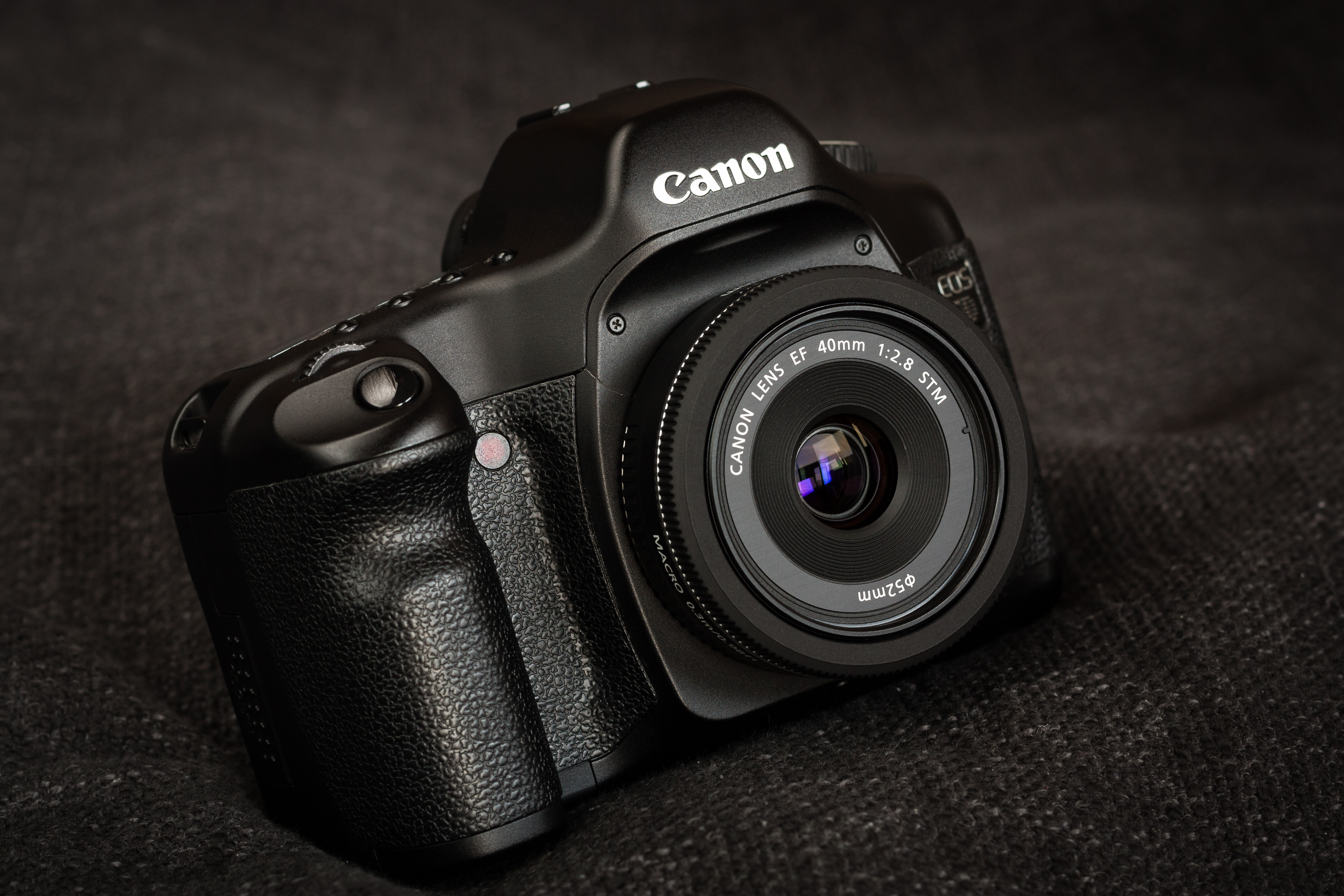
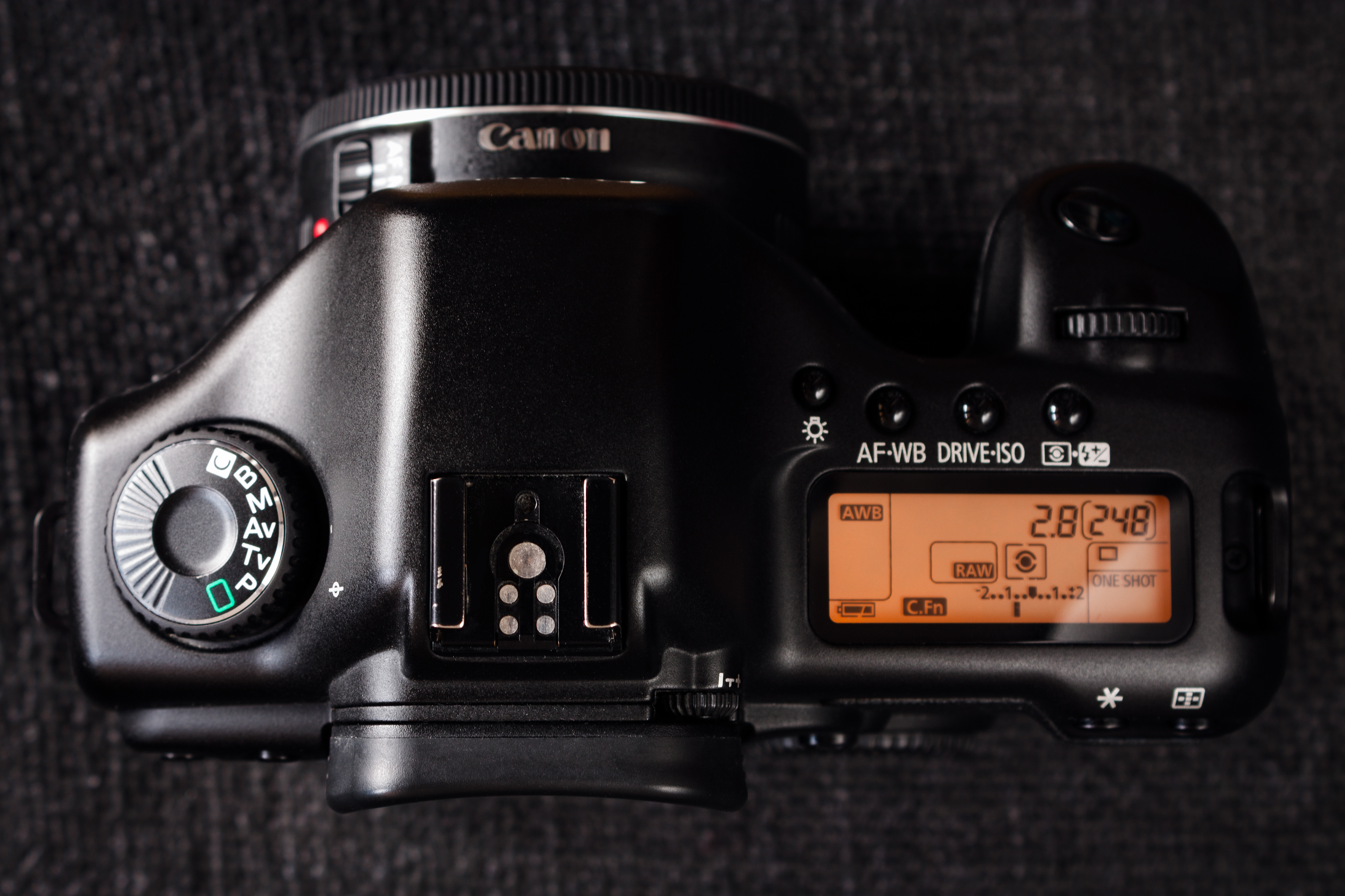


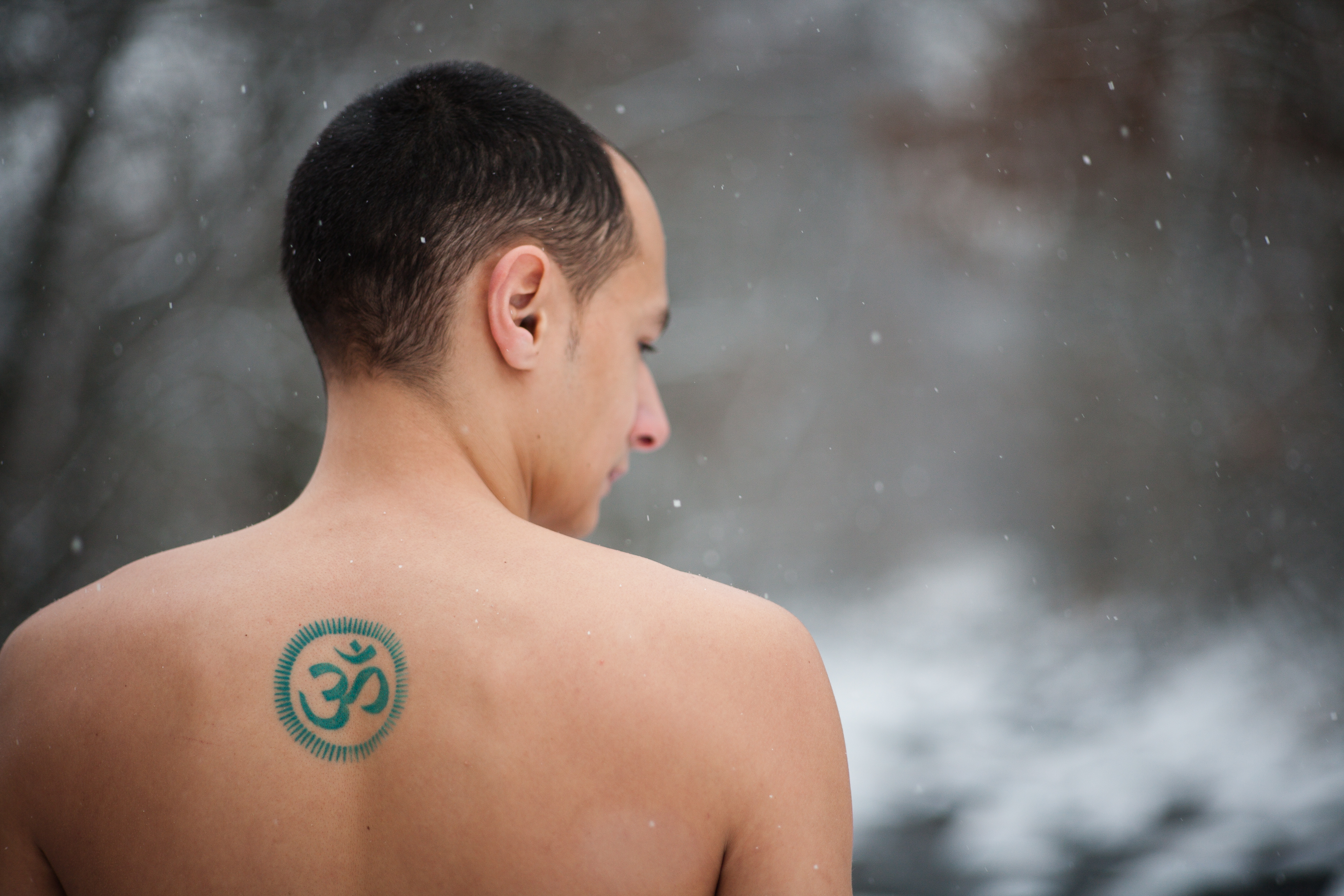
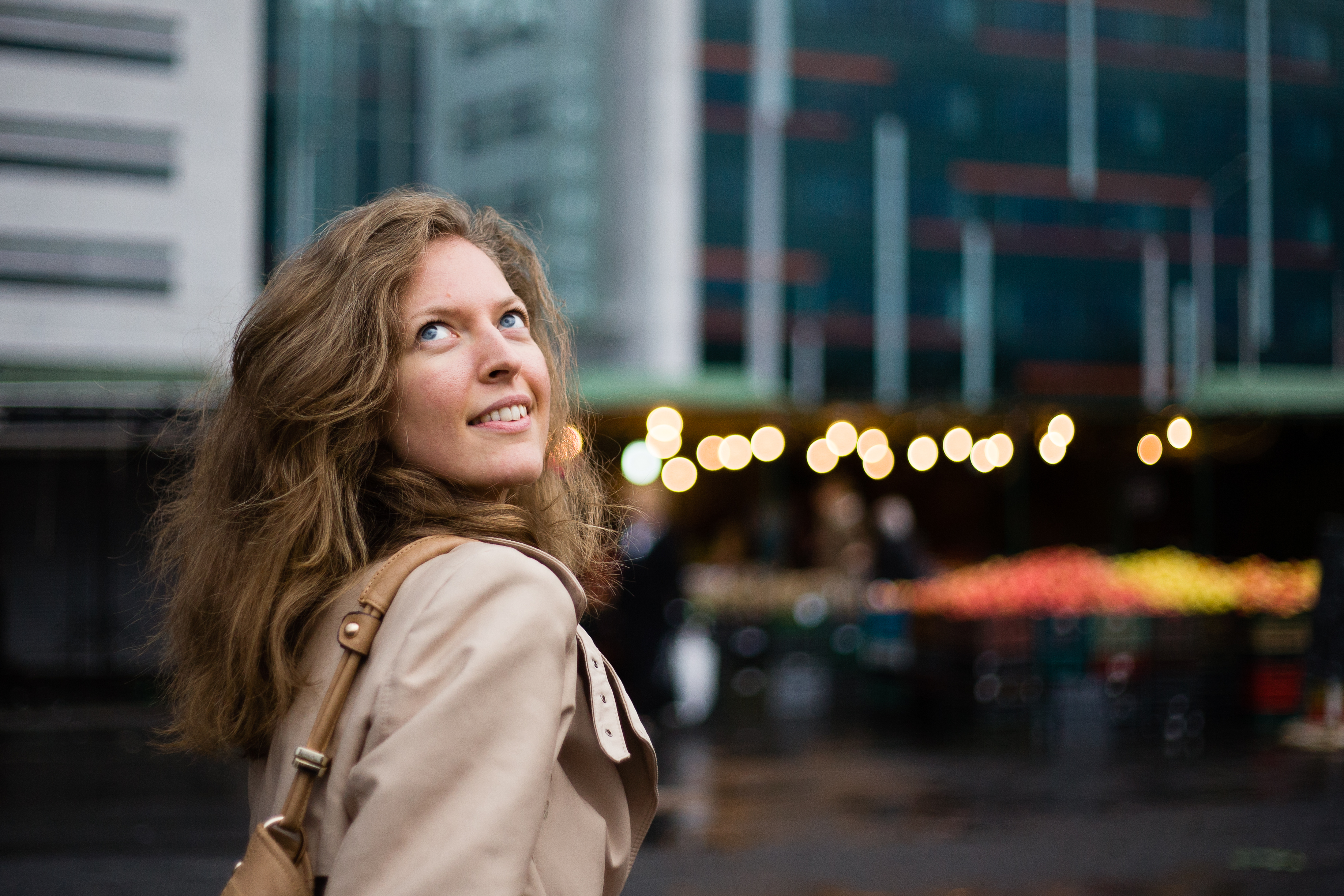
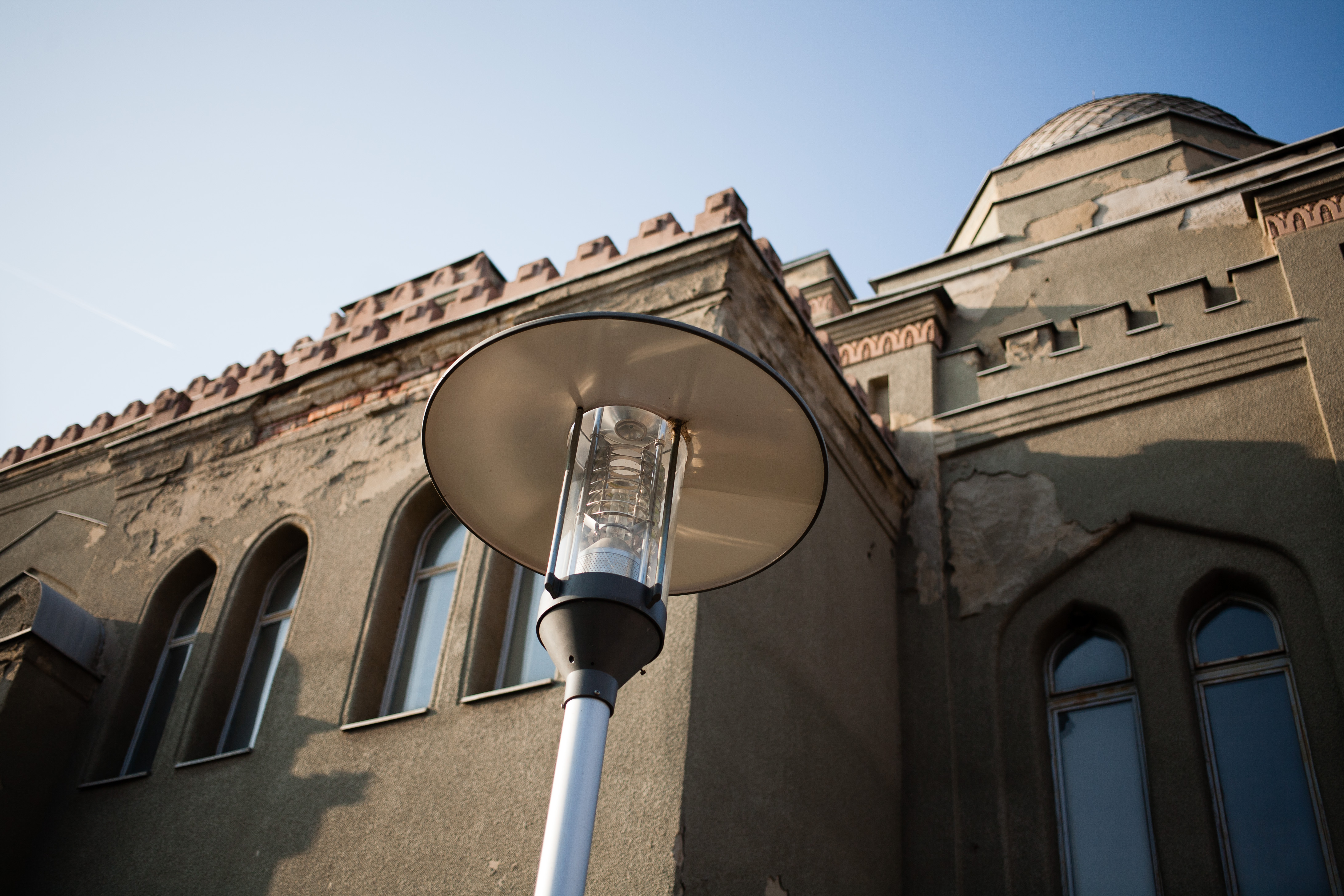
As a 5d Classic user, this post pretty much sums up my feelings for it. Despite being nearly 10 years old, it’s more than capable. I just wish I had a split prism focus screen for it as i appear to be only using manual lenses nowadays.
LikeLike
Over last few months I’ve been thinking of getting the 5d classic as an (affordable) entry into full frame digital, but hadn’t looked activley as I’ve been shooting lots with an OM10, and a Lubitel 166 Universal, and having lots of fun, but film developing is costly, and I don’t have the resources nor the time to develop myself. This wonderul post has got me looking for a body activley now and I hope to purchase one very soon. I’ve always like the rendering of images coming from the original 5D, and feel that bundled with the canon 50mm 1.8, it’s a good combo for the kind of photography I like. Thank you for this wonderful post – I really like the images.
LikeLike
I am really happy that you liked my post so much. I think the 5D and the 50mm f/1.8 is a really decent combo indeed if you don’t mind the plastic build of the lens. I mainly use my nifty fifty wide open, so the not so circular aperture is not a big issue for me. If you think that this combination would suit you, than go for it. The lens is sharp, fast and affordable and the camera will not disappoint you for sure.
LikeLike
Great shots as always Gabor! I currently own a Canon EOS 650 and have the nice tiny 40mm f/2.8 lens to go with it. Now you’re making me consider the 5D! It would be my first digital camera in a few years 🙂
LikeLike
Thanks for the complement. The 650D is also a great camera. Much more advanced in many ways than my 450D or the 5D which I use now (It belongs to a friend though). The 40mm pancake behaves very nice on the 5D. It looks funny a bit. Such a small lens on a relatively big body. But it makes the package very travel friendly and the lens is very sharp. It has some vignetting wide open, but in fact I like this effect.
LikeLike
I actually have the Canon EOS 650. The first ever EF mount Canon. 🙂 It’s much cheaper than the 650D and is full frame, too. 😉 But I’d love to have a camera with more than one autofocus point and useable results in color at higher ISO than 400. It turns out I’m not a fan of ISO 400 (and higher) color film. > >
LikeLike
Ah, I’ve got it. It must be an interesting camera. To be honest, I have never even tried any film which was faster than ISO 400. I love the look of some high speed black and white film, but for color hmm. I even have a roll of ISO 50 velvia in the fridge. In fact I am not a high ISO shooter even with digital.
LikeLike
Exactly. Color film gets really weird colored grain when underexposed. The higher ISO the worse. I’m a big fan of high ISO black and white film (my favourite was Fuji Neopan 1600) but for color … meh. That just doesn’t look right. At least not in 35mm.
LikeLike
Bought a 5D used a couple of years ago. Perfect for portraits and weddings in good light or with flash. Not very good for indoor action sports with low light/high ISO. Thinking of picking up one of the Pro Optic 85/1.4 manual focus but not sure manual focus will do it for indoor sports. Maybe the Canon 85/1.8. Any thoughts?
LikeLike
Hi Bill,
The aurofocus of the 5D is not the best. Not suited for sports even at good light. But I think you still have a bettee chance to focus with the canon 85 1.8 with af, than with any manual lens. To be said it is easier to manual focus with the optional matte screen abd you can practice. But I would go with af and with canon lens this case.
Bests, Gábor
LikeLike
Thank you Gabor, Have read mixed views on this, but have to agree with you on this one. A friend recommended pitching it all and go for a used Nikon D3s. After looking at prices, I may go back to APS-C after researching a little more on the pending 7D MKII coming out in a few weeks. Brand new it is half he price of the used Nikon. Too many good choices out there these days. lol
Will always have the 5D for weddings and portraits. It’s magic!!
LikeLike
I think you cannot go wrong with the 7D mark II, but even a used old 7D would be a treat for sports. Also the crop factor of APS-C gives you some extra reach.
LikeLike
Have looked into the old 7D and decided not to go that route. I am probably being picky here, but I am doing more and more MMA fights, most under atrocious lighting. Looking for a sensor that will shoot noise-free shots and 3200, almost noise-free at 6400, and some acceptable noise at 12800. Not all shots are taken at cage, but using flash is not an option as video crew tends to go berserk when they see a flash in their shot. They are all younger and capable of out running me. lol
FYI – reach is not an issue at this venue, but understood how valuable it can be at other events, such as football, basketball, etc. Thank you for taking the time to answer. Hope to see more on the 5Dc soon. Have a great day.
LikeLike
Lovely article which I agree with completely. I recently bought a 6D but I won’t be selling the 5D. The part in which you talk about the happiness of seeing the image on the computer screen once downloaded is so true. The LCD is one of the worst out there, but the pure joy of downloading the pics and seeing the IQ that this camera produces is partof the magic. The 5D coupled with a decent prime like the ef 85 1.8, 40 2.8, or even the 50 1.8 provide portraits as good as more modern FFs. Even when it gets noisy the noise doesn’t seem so ‘digital’ but almost pleasing.
LikeLike
Have decided that my 5D will flourish using it for it strong points-portraits, weddings, landscapes. Instead of lamenting for what it isn’t, I will appreciate it for what it is. Just shot some pet portraits with it using the 70-200/4, 50/1.8, and my latest gem, the 85/1.8. The combinations still produce pure magic. I hope my 5D lasts forever.
I now own a Sony a6000 for my fact focus needs.
LikeLike
I also love the 5D for portraits and landscape. But it is very bulky compare to my wife’s nex 6, which is great for walking around. I most of the time have some sort of film camera as well. Wish a long time in service for yout 5D. 😉
LikeLike
And here I am back considering this camera again. 😉 One more question: Do you use the default screen or did you get a different screen to use with the manual focus lenses?
LikeLike
Yes, I use a special matte screen. In fact I will soon give back the camera to the owner and he doesn’t need this screen. If you are interested in having it, send me an e-mail.
LikeLike
Thanks for the offer, Gabor! I’m still unsure if the 5D is even the right camera for me … What are your thoughts on the camera now almost a year after this review?
LikeLike
To be honest I don’t use the 5D too much nowadays. It is big and heavy. This is of course no problem for me, but I rather carry a Pentacon Six than this. If you want to use autofocus lenses the focus is very slow. In case of manual lenses the finder is not the best even with the special screen. I enjoy much more focusing my Zenit 3M than this. Image quality is superb, but my wife’s Nex6 (many will hate me for this) is actually almost as good in most cases in a much smaller lighter package and it is better for manual focusing with old lenses. Of course it is the cheapest way to get into full frame digital and the character of the big sensor is there. No APSC camera can look the same. But I would consider the original Sony A7 instead. Now that there is the A7 II out the prices are very low even if not as low as the 5D. But you would get full frame camera which is smaller and better for manual focus, has video and you can use rangefinder lenses too. Finally the 5D is an old camera so it is a bit higher risk that it stops working some day. The bottom line is, if you have limited budget, but want full frame and the size is no issue then it might work for you. Matte focusing screen is not the best but usable for fast primes.
LikeLiked by 1 person
Thanks Gabor! The size and weight is definitely worrying. If I want big I can use my P6 or the Bronica ETRSi and get a bigger negative. Maybe I’m better of with sucking it up and just shooting film and investing the time to dev & scan.
LikeLike
I had a look and the original A7 goes for 800-900€ these days. Not too much for a digital camera, I guess. But for me as a film shooter that’s quite a lot of money to spend on a camera. 🙂 On the other hand, a full frame mirrorless camera to mount virtually any old lens on is quite tempting …
LikeLike
I think you can get it around 600€ used if you are lucky. I have seen it already as second hand in some shops. But yeah, this is still a lot of money which could buy you a lot of film or a really nice lens.
LikeLike
Yeah, I only looked on eBay and that’s not the cheapest. I think I’ll stick to my Bronica ETRSi for now and maybe get a new Kiev 4 (currently rereading you review :)).
LikeLike
Curious as to whether or not using a matte screen for manual focusing makes it hard to use when switching back to AF lenses? Trying to decide if it’s worth swapping out for use on a couple of MF lenses, but it could be interesting. Thinking main use for portraits, maybe limited use for weddings?
LikeLike
Hi Bill,
The matte screen is not darker at all if you use fast lenses. I think for anything slower than f/2.8 it is better to use the original screen. But with fast primes, there is no problem. You only need to set the type of the screen in the menu to adjust the metering to it.
LikeLike
I was thinking of my Rokinon 85/1.4 and a couple of old Pentax lenses with apertures of 3.5 & 4. As I am not sure which way to go with this, will probably leave as is for now. Thank you for the advice.
LikeLike
The Rokinon is very nice on it.
LikeLike
Nagyon jónak találtam az oldalt. Itt Koreában nagyon sok vintage lencse kapható, a blog kedvet adott egy kis kisérletezésre. További jó munkát.
LikeLiked by 1 person
Koreában én is szívesen szétnéznék a fotós boltok kínálatában. Örülök, hogy tetszik a blog, és jó kísérletezést.
LikeLike
Itt Szöulban nincs is annyi, mint az ország déli részén fekvő Pusan városban. Ott hihetetlen választék van régi gépek, lencsék tekintetében. Most tervezek vásárolni egy Asahi Pentax-Takumar 50mm f/1.4 lencsét és egy Fotodiox adapterral összeházasítani a Canon gépeimmel. Hiába, lencséből sohasem elég. 🙂
LikeLike
My 5D seems to produce noisier images these days. Don’t know if it is me or is the sensor degrading. Is this possible? Can a sensor actually produce more noise as it ages?
LikeLike
I have never experienced such thing, but in my opinion it is absolutely possible. Electronics in general does not age very well and any change in the system can lead to extra noise. This is actually a very interesting topic, I am not sure if anyone studied this in detail before in the context of cameras.
LikeLike
Perhaps best asked to Canon tech rep? Methinks I shall call and see what’s up. Let you know. Thanks for response. My curiosity is increasing.lol
LikeLike
Yes, please drop a line when they say something.
LikeLike
Contacted tech support at Canon. Same response. Never saw it, but it is possible. They suggested resetting camera to default mode and custom settings to default as well. Possibly a slight change in noise reduction, but I would have to duplicate scenarios to be sure. Mostly red in noise or maybe the red shows more. Not sure. Canon suggested sending in for a cleaning and an 18 point check for $129. Debating ……………. is it time to but my old friend to rest or try to prolong it’s life? lol
LikeLike
Only you can answer this question. If you have the money and don’t mind to retire the old friend 5D, then actually it makes sense to get a new one as the newer generations can offer a lot more than lower noise. On the other hand 129$ might worth to spend on it in case it really fixes the problem.
LikeLike
In response to noisier images due to ageing electronics – this is entirely possible. there are two main factors: 1) the degradation of components that contain electrolytes (e.g. capacitors), and, 2) the use of lead free solders that appear to grow “whiskers” over a time period, and so bridge components that were not intended to be connected together
LikeLike
Used the 5D to shoot two benefit outdoor car shows. Very happy with images. Had it coupled to a much understated Sigma 24-60 f/2.8. As long as it continues to do well outdoors (weddings, portraits) will be keeping it. I picked up a Sony a6000 for low-light needs (mostly indoor sports) and an adapter for EF lenses and one for a couple of older Pentax lenses with PK mounts. Love the peaking feature and the magnifier on the 6000. Still loving my 5D, but have to admit, the a6000 is possibly the best bang for the buck out there right now.
LikeLike
The Canon 5D was our first full frame camera at work and still one of the bodys we use as backup sometimes.
But for my privat project I still prefer Nikon over everything else so I bought the Nikon D700 for location and travel.
I love to use the old manual focus Nikkor lenses and own some AI modified ones build in the Nikon F epoch.
The way these old glass renders is just amazing and the build quality is on a level never reach again by nobody.
LikeLike